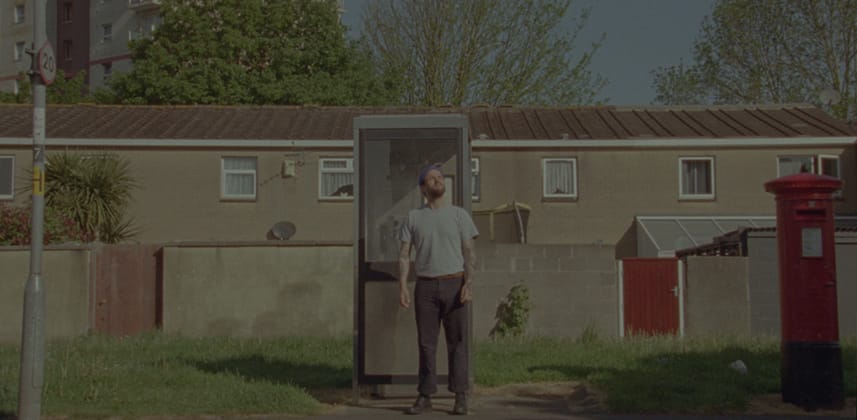Why Do I Work Pre-Clip?
I had some great questions in the comments section on my previous Insight in this Series about my use of the Pre-Clip
I know it probably seems a little crazy. Adding grain and softening the image before I’ve even started grading it but I promise there is a logic in my madness.
The idea was first born when I graded this fabulous video.
Filmed on an Arri SR2 on Kodak 16mm Film.
This video was a bit of an ah-ha moment for me.
When we grade on something that uses film for acquisition the image comes out of the scanner with all the film characteristics already in there.
The grain is already in the image, it’s slightly soft (generally) compared to digital and even though it has been scanned in a log space it has a beautifully filmic (couldn’t think of a better word to describe it!) colour palette to work with.
Here is an ungraded still of the music video straight out of the scanner.

Yes, it does make it a bit harder to key and grade but that is exactly what I want!
Part of film looking like film is the restrictions and issues of managing the noise levels so although it can be a pain in the butt sometimes I find it helps me get a more realistic looking film.
In The Video Insight Below, We Take A Look At:
- Looking At Real 16mm Film For Reference
- Using The 16mm To Add Similar Grain Levels To Our Digital Footage
- Noise Reducing When Working This Way
- Sharpening The Image Back Up
Questions Please!
I’m always extra excited to hear comments on these Insights as I can make sure to cover any questions in the next part.
-Dan


